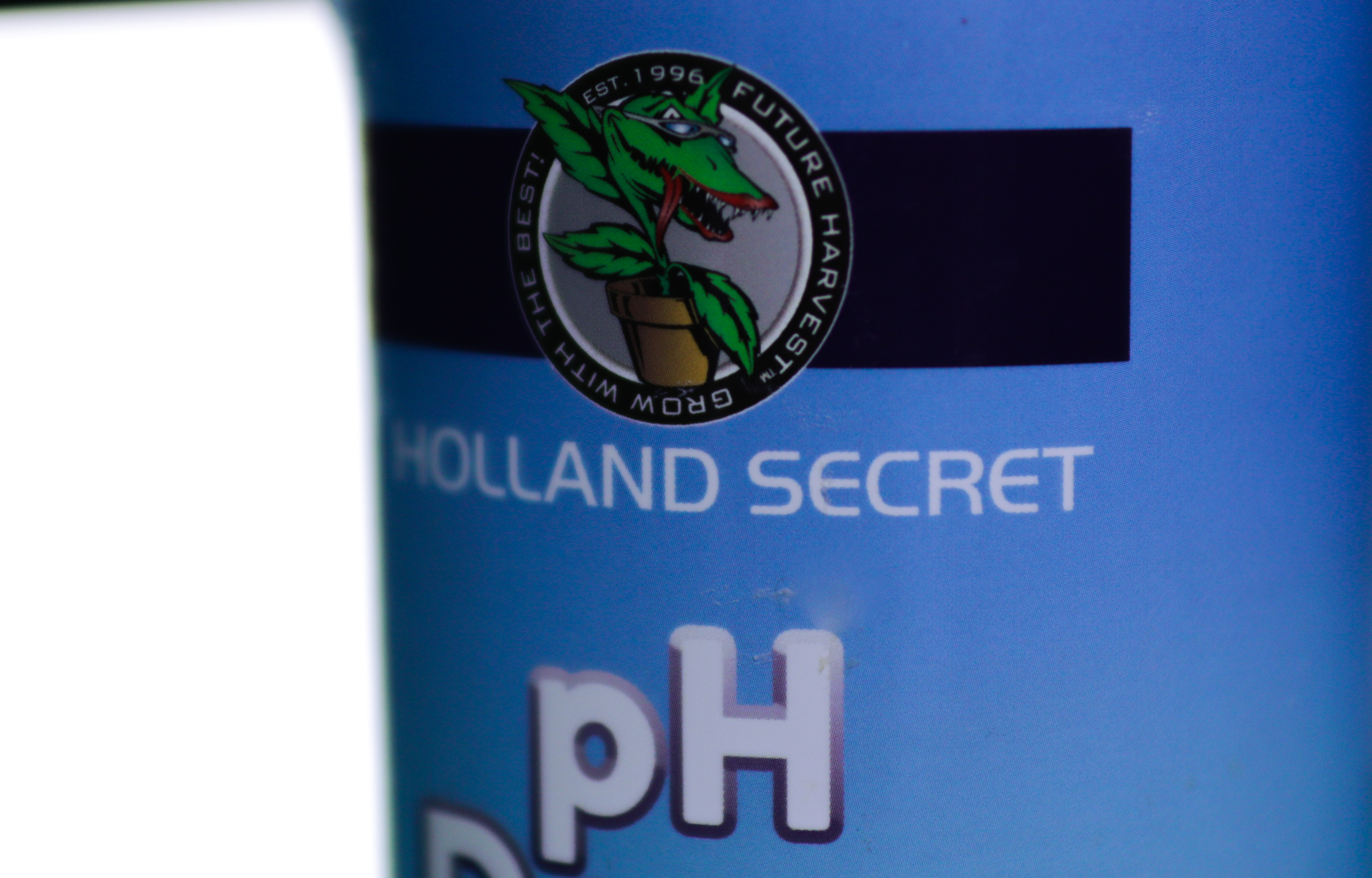
by Kenny | May 05, 2023
When working with any media, whether it’s soil, hydroponics, rockwool, etc., many cannabis growers will seek to have the largest plants with the strongest flowers. In many cases growers will use nutrient supplements in their operations to pump up growth at all stages of life. From the moment they begin to sprout until they are ready to begin the flushing cycle before harvest. One common issue with nutrient supplements, especially in hydroponic growing, is an excess of nutrients, which can cause changes in pH and in turn can harm the plant.
Plants prefer to operate within a specific pH range, and this varies slightly from species to species depending on their natural growing conditions (desert vs rainforest, etc.). The ‘optimal range’ for pH is related to the availability of nutrients in the media. If the pH is too high or too low then certain nutrients can become unavailable due to them changing into a different form (example; iron can change when the pH is too low and is no longer absorbable by plants). The optimal range for cannabis ph can be anywhere between 5.5 and 6.5, where all the macro and micro nutrients needed for healthy plant growth at any life stage are available for uptake and use.
When using nutrient supplements in any media, a potential issue that can occur time is the buildup of particular nutrients. In the vegetative growth and flowering growth stages, cannabis plants will absorb more of certain nutrients over others to optimize their output. In vegetative growth weed plants require lots of nitrogen to develop new stems and leaves to absorb sunlight and grow large. In flowering the plants require lots of phosphorus to develop their flowers and eventual trichomes. If nutrients build up in either of these stages then they can cause an imbalance in the media and actually shift the pH.
To prevent this from happening in any media it is important to have a good grasp on the life stages of plants and knowing what they will need and when. If you give them just what they need and nothing more then they will ideally keep continuous growth without giving you problems in the future. Keeping track of nutrient mix recipes, timing, etc. can help create a fairly standard growing regimen. Measuring pH consistently in all media is also an important preventative measure so that you are fixing an issue before it presents itself in the cannabis plant.
When working with any media, whether it’s soil, hydroponics, rockwool, etc., many cannabis growers will seek to have the largest plants with the strongest flowers. In many cases, growers will use nutrient supplements in their operations to pump up growth at all stages of life. From the moment they begin to sprout until they are ready to begin the flushing cycle before harvest. One common issue with nutrient supplements, especially in hydroponic growing, is an excess of nutrients, which can cause changes in pH and in turn can harm the plant.
Plants prefer to operate within a specific pH range, and this varies slightly from species to species depending on their natural growing conditions (desert vs rainforest, etc.). The ‘optimal range’ for pH is related to the availability of nutrients in the media. If the pH is too high or too low then certain nutrients can become unavailable due to them changing into a different form (for example; iron can change when the pH is too low and is no longer absorbable by plants). The optimal range for cannabis ph can be anywhere between 5.5 and 6.5, where all the macro and micronutrients needed for healthy plant growth at any life stage are available for uptake and use.
When using nutrient supplements in any media, a potential issue that can occur time is the buildup of particular nutrients. In the vegetative growth and flowering growth stages, cannabis plants will absorb more of certain nutrients over others to optimize their output. In vegetative growth, weed plants require lots of nitrogen to develop new stems and leave to absorb sunlight, and grow large. In flowering, the plants require lots of phosphorus to develop their flowers and eventual trichomes. If nutrients build up in either of these stages then they can cause an imbalance in the media and actually shift the pH.
To prevent this from happening in any media it is important to have a good grasp on the life stages of plants and knowing what they will need and when. If you give them just what they need and nothing more then they will ideally keep continuous growth without giving you problems in the future. Keeping track of nutrient mix recipes, timing, etc. can help create a fairly standard growing regimen. Measuring pH consistently in all media is also an important preventative measure so that you are fixing an issue before it presents itself in the cannabis plant.
Solving the issue of nutrient excess is relatively simple, although, depending on how long the plant was under stress from pH imbalance the results may not show immediately. In hydroponic media, the solution is as simple as disposing of the old solution and flushing the plants with neutral pH water to allow them time to process any buildups. Then re-introduce nutrients into the media in lower increments so that there isn’t an immediate return to nutrient excess. In soil, flushing the area with neutral water will help remove any excess nutrients, however, this may leave plants starved for a short period of time. Another way growers do this is by using water with a smaller amount of nutrients to still feed the plant but allow other, excess nutrients, to run off.